Every year, thousands of South African children are not placed in schools due to inadequate capacity. This has been exacerbated by the semigration of parents hoping to find job opportunities in major economic hubs like Gauteng, KwaZulu-Natal and the Western Cape following the pandemic, with nearly 60% of the South African population living in these three provinces. With the growing population in mind, it is now more important than ever to find a solution to this crisis.

This is according to Dr Corrin Varady, CEO of edtech platform IDEA, who says that while semigration is causing a reduction in the number of schools in provinces operating on the economic periphery, it becomes difficult for them to predict numbers from one year to the next. “Often, this results in there being too many learners and too few teachers and resources, forcing schools to stop accepting pupils.”
On the other hand, in places like the Western Cape, greater demand for placements has meant that more schools need to be built. “However, this can place pressure on schools in terms of catering for so many pupils in such a short timeframe which can have an impact on the quality of the education provided,” he points out.
“It is therefore clear that we cannot continue on this same trajectory should we wish to improve equal access to quality education,” says Dr Varady. “With the country’s population continuing to increase while the number of teachers continues to decrease, the situation is only going to deteriorate unless we have a scalable technology solution in place.”
“This can be rectified through virtual schools which can be deployed by the public sector – such as with low- or no-fee government schools – but must be powered by innovation from the private sector,” he shares. “These schools can help to mitigate challenges fuelling the country’s learner placement predicament such as overcrowding, teacher shortages and lack of adequate school infrastructure, while also improving learner outcomes.”
For instance, Dr Varady explains that around half of South Africa’s primary school children are in classes with more than 40 learners, while 15% are in classes exceeding 50. “The higher the learner to teacher ratio, the lower the personalisation of the learning experience. This, in turn, negatively impacts learner outcomes.”
“However, the technology used in the virtual space helps to personalise learning so issues can be addressed immediately when the learner encounters them – not after they’ve completed their end-of-year exams when it is probably too late. Access to this technology could therefore mean the difference between passing and failing,” he highlights.
Although South Africa is in the midst of an energy crisis and lacks ubiquitous internet access, Dr Varady believes that asynchronous and offline learning solutions could circumnavigate these challenges since they allow pupils to learn from anywhere and at any time. “Load shedding and connectivity infrastructure are often cited as major obstacles in the deployment of e-learning, but I think that the biggest obstacle is that the country hasn’t grasped how e-learning could work in the public sector environment.”
“Technology equals accessibility which equals outcomes. We must connect education and technology so that no learners go unplaced. This is imperative for the country’s future, especially as 36,1% of our young people are not in employment, education or training, with this number set to increase. Education has the power to change lives and all children deserve access to it,” he concludes.

